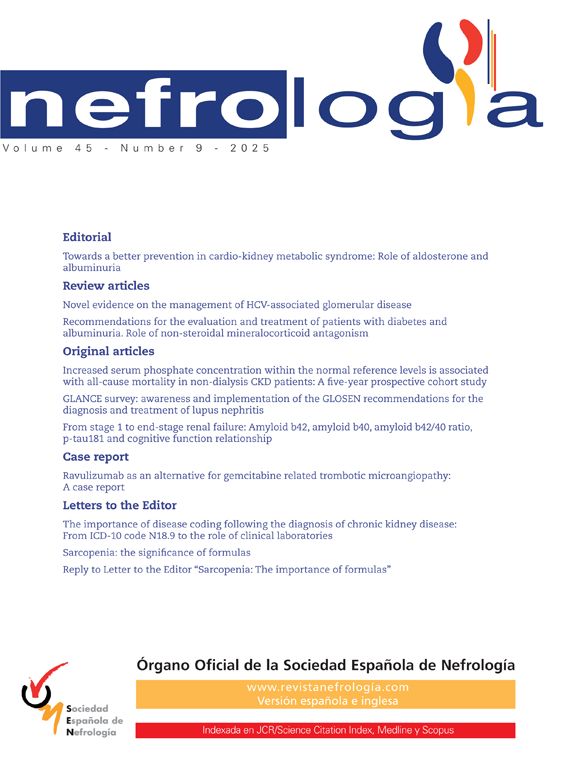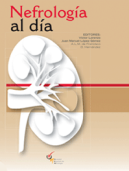was read the article
| Year/Month | Html | Total | |
|---|---|---|---|
| 2025 12 | 34 | 23 | 57 |
| 2025 11 | 199 | 80 | 279 |
| 2025 10 | 71 | 35 | 106 |
| 2025 9 | 98 | 48 | 146 |
| 2025 8 | 70 | 46 | 116 |
| 2025 7 | 109 | 28 | 137 |
| 2025 6 | 175 | 353 | 528 |
| 2025 5 | 112 | 42 | 154 |
| 2025 4 | 68 | 24 | 92 |
| 2025 3 | 118 | 61 | 179 |
| 2025 2 | 92 | 44 | 136 |
| 2025 1 | 62 | 42 | 104 |
| 2024 12 | 57 | 30 | 87 |
| 2024 11 | 68 | 59 | 127 |
| 2024 10 | 53 | 46 | 99 |
| 2024 9 | 76 | 36 | 112 |
| 2024 8 | 58 | 61 | 119 |
| 2024 7 | 42 | 41 | 83 |
| 2024 6 | 79 | 52 | 131 |
| 2024 5 | 81 | 38 | 119 |
| 2024 4 | 57 | 46 | 103 |
| 2024 3 | 59 | 31 | 90 |
| 2024 2 | 42 | 26 | 68 |
| 2024 1 | 43 | 29 | 72 |
| 2023 12 | 37 | 36 | 73 |
| 2023 11 | 66 | 44 | 110 |
| 2023 10 | 77 | 39 | 116 |
| 2023 9 | 92 | 37 | 129 |
| 2023 8 | 71 | 22 | 93 |
| 2023 7 | 69 | 38 | 107 |
| 2023 6 | 46 | 26 | 72 |
| 2023 5 | 68 | 38 | 106 |
| 2023 4 | 71 | 16 | 87 |
| 2023 3 | 69 | 25 | 94 |
| 2023 2 | 44 | 24 | 68 |
| 2023 1 | 41 | 21 | 62 |
| 2022 12 | 83 | 29 | 112 |
| 2022 11 | 71 | 27 | 98 |
| 2022 10 | 67 | 41 | 108 |
| 2022 9 | 91 | 42 | 133 |
| 2022 8 | 66 | 40 | 106 |
| 2022 7 | 53 | 37 | 90 |
| 2022 6 | 67 | 42 | 109 |
| 2022 5 | 54 | 45 | 99 |
| 2022 4 | 66 | 58 | 124 |
| 2022 3 | 81 | 49 | 130 |
| 2022 2 | 93 | 51 | 144 |
| 2022 1 | 78 | 30 | 108 |
| 2021 12 | 75 | 44 | 119 |
| 2021 11 | 56 | 43 | 99 |
| 2021 10 | 99 | 54 | 153 |
| 2021 9 | 50 | 32 | 82 |
| 2021 8 | 48 | 62 | 110 |
| 2021 7 | 80 | 36 | 116 |
| 2021 6 | 48 | 33 | 81 |
| 2021 5 | 42 | 33 | 75 |
| 2021 4 | 100 | 24 | 124 |
| 2021 3 | 59 | 33 | 92 |
| 2021 2 | 51 | 13 | 64 |
| 2021 1 | 50 | 31 | 81 |
| 2020 12 | 45 | 17 | 62 |
| 2020 11 | 41 | 12 | 53 |
| 2020 10 | 24 | 14 | 38 |
| 2020 9 | 30 | 11 | 41 |
| 2020 8 | 39 | 10 | 49 |
| 2020 7 | 66 | 17 | 83 |
| 2020 6 | 71 | 45 | 116 |
| 2020 5 | 58 | 7 | 65 |
| 2020 4 | 51 | 26 | 77 |
| 2020 3 | 56 | 12 | 68 |
| 2020 2 | 58 | 2162 | 2220 |
| 2020 1 | 52 | 38 | 90 |
| 2019 12 | 64 | 25 | 89 |
| 2019 11 | 59 | 27 | 86 |
| 2019 10 | 37 | 11 | 48 |
| 2019 9 | 56 | 35 | 91 |
| 2019 8 | 29 | 14 | 43 |
| 2019 7 | 57 | 25 | 82 |
| 2019 6 | 102 | 21 | 123 |
| 2019 5 | 66 | 28 | 94 |
| 2019 4 | 159 | 38 | 197 |
| 2019 3 | 72 | 32 | 104 |
| 2019 2 | 28 | 20 | 48 |
| 2019 1 | 40 | 14 | 54 |
| 2018 12 | 150 | 57 | 207 |
| 2018 11 | 193 | 22 | 215 |
| 2018 10 | 197 | 21 | 218 |
| 2018 9 | 132 | 20 | 152 |
| 2018 8 | 59 | 16 | 75 |
| 2018 7 | 66 | 27 | 93 |
| 2018 6 | 63 | 10 | 73 |
| 2018 5 | 76 | 13 | 89 |
| 2018 4 | 86 | 9 | 95 |
| 2018 3 | 103 | 11 | 114 |
| 2018 2 | 67 | 11 | 78 |
| 2018 1 | 87 | 11 | 98 |
| 2017 12 | 87 | 18 | 105 |
| 2017 11 | 76 | 14 | 90 |
| 2017 10 | 37 | 5 | 42 |
| 2017 9 | 51 | 11 | 62 |
| 2017 8 | 55 | 16 | 71 |
| 2017 7 | 53 | 15 | 68 |
| 2017 6 | 27 | 10 | 37 |
| 2017 5 | 56 | 12 | 68 |
| 2017 4 | 46 | 7 | 53 |
| 2017 3 | 23 | 24 | 47 |
| 2017 2 | 53 | 10 | 63 |
| 2017 1 | 33 | 13 | 46 |
| 2016 12 | 65 | 5 | 70 |
| 2016 11 | 79 | 11 | 90 |
| 2016 10 | 111 | 7 | 118 |
| 2016 9 | 129 | 6 | 135 |
| 2016 8 | 189 | 13 | 202 |
| 2016 7 | 153 | 21 | 174 |
| 2016 6 | 138 | 0 | 138 |
| 2016 5 | 157 | 0 | 157 |
| 2016 4 | 110 | 0 | 110 |
| 2016 3 | 105 | 0 | 105 |
| 2016 2 | 102 | 0 | 102 |
| 2016 1 | 141 | 0 | 141 |
| 2015 12 | 144 | 0 | 144 |
| 2015 11 | 114 | 0 | 114 |
| 2015 10 | 99 | 0 | 99 |
| 2015 9 | 72 | 0 | 72 |
| 2015 8 | 81 | 0 | 81 |
| 2015 7 | 81 | 0 | 81 |
| 2015 6 | 44 | 0 | 44 |
| 2015 5 | 57 | 0 | 57 |
| 2015 4 | 6 | 0 | 6 |





